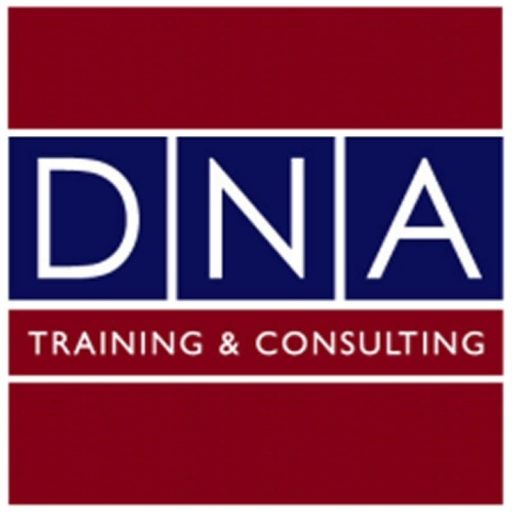No-one today can be surprised by the extraordinary growth of the credit derivatives market and the related market for collateralized debt obligations, nor by the critical role they have come to play in the financing of financial institutions, the management of bank capital structures, and the achievement of enhanced yield targets for institutional and high net worth investors.
This workshop is targeted at senior bankers, traders, corporate treasurers, financial controllers, regulators and others who need to develop a better understanding of the value drivers and benefits of CDOs and credit derivatives. After reviewing the principal techniques and structures of the traditional instruments, the workshop proceeds to a detailed examination of the benefits and key risks of these from the perspective of both issuer and investor.
The workshop also examines in depth the numerous legal, regulatory and accounting issues relating to these techniques, and imparts to delegates an excellent appreciation of the solutions that were devised for dealing with these in various jurisdictions around the world.
Extensive use of case studies and group work focuses delegates on the practical aspects of transaction structuring and risk analysis.
Pre-requisites for this program include the following
- Solid knowledge of fixed-income practices and conventions, including loan and bond documentation, pricing methods and role of rating agencies;
- Basic foundation in financial mathematics including for fixed- income (duration, DV01, etc.) and probability calculus;
- Familiarity with first generation derivative instruments including interest rate swaps, currency swaps and basic options.
Workshop Objectives:
- Familiarize delegates with key aspects of rating agency default and recovery studies and how to interpret them and work with them;
- Instill a comfortable understanding of capital adequacy guidelines under BIS 1 and BIS 2, and opportunities for capital optimization;
- Develop thorough familiarity with the pricing, mechanics, risks and applications of credit derivative building blocks;
- Develop a solid understanding of the key financial, legal, rating agency, regulatory and accounting issues relevant to the securitization technique and its use in the optimization of bank balance sheets and capital structure;
- Acquire a solid grasp of mechanics, mathematics and pricing considerations of structured credit products, including first-to-default baskets, CDOs and synthetic CDOS.
- Rating agency default, migration and recovery studies
- Default and migration studies
- Definition of “default”
- Calculation of recoveries
- Flaws with studies and possible improvements
- Capital Adequacy
- Risk-weights under BIS 1
- Credit conversion factors for off-balance sheet exposures
- Definition and components of capital
- Trading book rules and VAR
- Inconsistencies under BIS 1 and opportunities for capital optimization
- Overview of BIS 2
- Credit Derivatives – The Building Blocks
- Total return swaps: mechanics, risks and applications
- Credit default swaps: mechanics, risks and applications
- Credit default swaps: documentation overview
- Credit default swaps: legal disputes
- Credit-Linked notes: mechanics, risks and applications
- First-to-default instruments: mechanics and risks
- Capital treatment of credit derivatives in banking book
- Capital treatment of credit derivatives in trading book
- Credit derivatives market: overview
- Size of market and share of each product
- Principal players
- Reasons for participation
- Recent trends and future prospects
- Review of principal terms and features of a “typical” securitization
- Pooling of eligible receivables
- Establishment of the SPV and sale of the assets
- Credit enhancement alternatives, including over collateralization, reserve accounts and senior/sub tranching
- Key rating agency considerations
- Monitoring the excess spread and triggering early amortization
- Use of FX and interest rate derivatives to eliminate cash flow mismatches
- Role of monolines
- Legal, regulatory and accounting Issues
- True sale
- Bankruptcy remoteness
- Consolidation of SPV
- Capital relief for originator
- Retention of first loss or residual interest
- Liquidity lines
- Proposed changes under BIS 2
- Traditional “cash” CDOs
- Simplified mathematical model for CDO structure
- Relevance of correlation and its effect on tranche risk
- Relevance of correlation and its effect on tranche risk
- Relevance of correlation and its effect on tranche risk
- Capital considerations for originator and investor
- High-yield v. investment grade
- New asset classes, including bank capital securities, leveraged loans, hedge funds, ABS and private equity
- Historical performance of asset class, including rating agency studies
- Synthetic CDOs
- Detailed examination of mechanics
- Principal differences, pros and cons versus cash structures
- Pricing the super senior swap
- Key regulatory considerations
- Static v. dynamic pools
- Proposed treatment under BIS 2
- Performance of asset class

